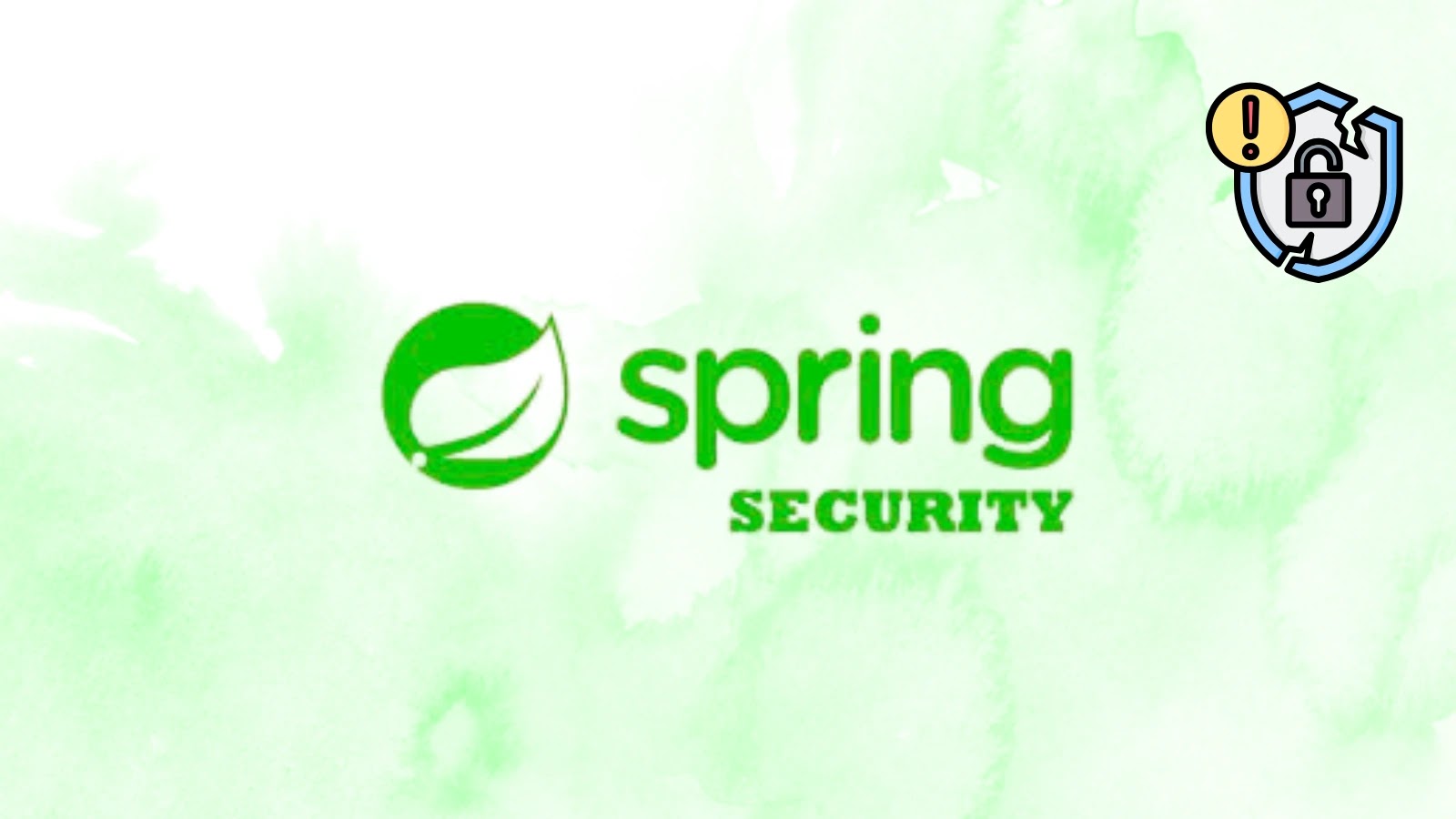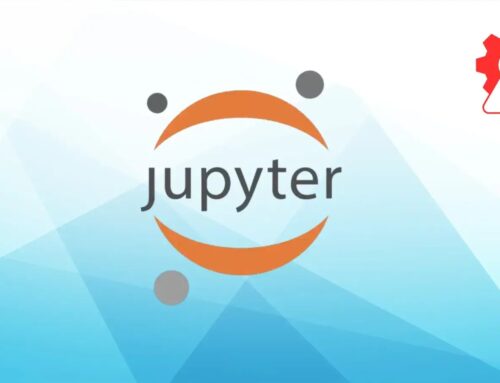
Spring Framework Security Flaws Enable Authorization Bypass and Annotation Detection Issues
Unmasking the Authorization Bypass: Spring Framework’s Critical Security Flaws
In the intricate world of enterprise application development, Spring Framework stands as a cornerstone, empowering developers to build robust and scalable systems. However, even the most trusted frameworks are not immune to security vulnerabilities. Recent discoveries have brought to light two critical flaws within Spring Security and Spring Framework itself – CVE-2025-41248 and CVE-2025-41249 – that could allow attackers to bypass authorization controls with potentially devastating consequences for data integrity and system access.
Understanding these vulnerabilities is paramount for any organization leveraging Spring-based applications. This analysis delves into the technical specifics of these flaws, their potential impact, and crucial remediation strategies to secure your applications against these emerging threats.
The Heart of the Vulnerability: @EnableMethodSecurity and Method-Level Annotations
The core of both vulnerabilities lies in the interaction between Spring Security’s @EnableMethodSecurity feature and method-level authorization annotations like @PreAuthorize and @PostAuthorize. These annotations are designed to enforce fine-grained access control at the method invocation level, ensuring that only authorized users can execute specific actions.
The problem arises in a specific scenario: when an application utilizes service interfaces or abstract base classes that employ unbounded generics. In such configurations, the method security proxies generated by Spring Security might fail to correctly detect and apply the authorization annotations. This oversight creates a critical blind spot, allowing unauthorized access to methods that should otherwise be protected.
CVE-2025-41248 and CVE-2025-41249: A Closer Look
CVE-2025-41248: Authorization Bypass in Spring Security
The vulnerability tracked as CVE-2025-41248 specifically targets Spring Security. This flaw permits an attacker to bypass authorization controls by exploiting the method security proxy’s failure to correctly identify authorization rules. When an application uses @EnableMethodSecurity alongside method-level annotations on methods within service interfaces or abstract classes with unbounded generics, the security checks might be silently skipped. The implications are severe: an unauthorized user could invoke sensitive methods that are presumed to be protected, leading to data exposure, unauthorized data modification, or even complete system compromise depending on the method’s functionality.
CVE-2025-41249: Annotation Detection Issues in Spring Framework
Complementing the security bypass, CVE-2025-41249 addresses a broader annotation detection issue within the Spring Framework itself. While closely related to the authorization bypass, this vulnerability signifies a more fundamental problem in how Spring detects and applies annotations when confronted with specific generic type declarations. Although not directly an authorization bypass in its own right, this underlying issue is a contributing factor to CVE-2025-41248 and could potentially impact other annotation-driven features beyond security in future discoveries.
Understanding the Impact
The immediate and most significant impact of these vulnerabilities is the potential for unauthenticated or unauthorized access to sensitive application functionality. Consider an application managing user roles and permissions. If a method designed to update user privileges is improperly secured due to these flaws, an attacker could escalate their privileges, gain administrative access, or manipulate other users’ accounts.
For organizations, this translates to:
- Data Breaches: Unauthorized access to confidential information.
- System Compromise: Attackers gaining control over critical application functions.
- Reputational Damage: Loss of customer trust and regulatory penalties.
- Operational Disruption: Malicious actors causing system instability or halting services.
Remediation Actions
Mitigating these vulnerabilities requires immediate attention and a thorough review of your Spring-based applications. While specific patch releases from Spring are the definitive solution, several proactive measures can be taken:
- Update Spring Framework and Spring Security: Monitor the official Spring project releases for patched versions addressing CVE-2025-41248 and CVE-2025-41249. Upgrades should be prioritized and thoroughly tested in staging environments before deployment to production.
- Review Method Security Configuration: Scrutinize all instances where
@EnableMethodSecurityis used in conjunction with@PreAuthorizeor@PostAuthorize. Pay particular attention to methods defined in interfaces or abstract classes, especially those utilizing generics. - Adopt Class-Level Security (Temporary Workaround): As a temporary measure until patches are applied, consider moving authorization annotations from method level within interfaces/abstract classes to the concrete implementation classes, or apply class-level security where appropriate. This can help ensure that security checks are enforced.
- Parameterize Generics: Where possible, explicitly define boundaries for generics in service interfaces and abstract classes. This could potentially help the method security proxies in correctly identifying the types and subsequent annotations.
- Security Code Reviews: Conduct rigorous security code reviews focusing on authorization logic and how method security is implemented across your application’s layers.
- Implement Layered Security: Rely on a defense-in-depth strategy. While method-level security is crucial, ensure that other layers, such as API gateways, servlet filters, and controller-level security, provide additional protection.
Security Tools for Detection and Mitigation
Leveraging appropriate tools can significantly aid in identifying and addressing these vulnerabilities. Below is a table of relevant tools:
| Tool Name | Purpose | Link |
|---|---|---|
| SonarQube | Static Application Security Testing (SAST) for code quality and security analysis. | https://www.sonarqube.org/ |
| OWASP Dependency-Check | Identifies known vulnerabilities in project dependencies. | https://owasp.org/www-project-dependency-check/ |
| Micro Focus Fortify Static Code Analyzer | Enterprise-grade SAST solution for in-depth vulnerability detection. | https://www.microfocus.com/en-us/solutions/static-code-analysis-sast |
| Snyk | Developer-first security platform for finding and fixing vulnerabilities in code, dependencies, containers, and infrastructure. | https://snyk.io/ |
Protecting Your Spring Applications
The discovery of CVE-2025-41248 and CVE-2025-41249 serves as a critical reminder of the ongoing need for vigilance in cybersecurity. Organizations must act decisively to patch affected systems, review their security configurations, and implement robust development practices. Prioritizing security updates, conducting thorough code reviews, and adopting a multi-layered security approach are essential steps to safeguard Spring applications against authorization bypasses and other emerging threats. Staying informed about new vulnerabilities and adhering to best practices will ensure the continued integrity and security of your enterprise systems.





